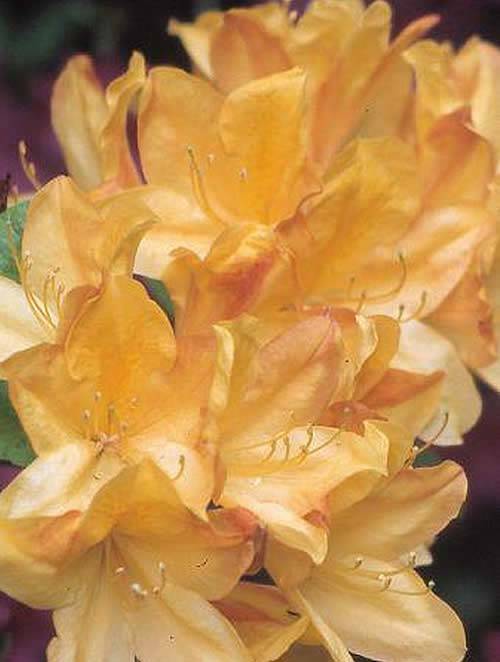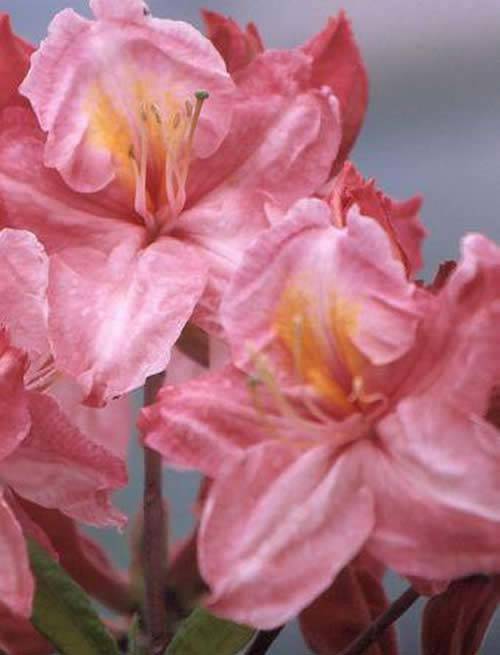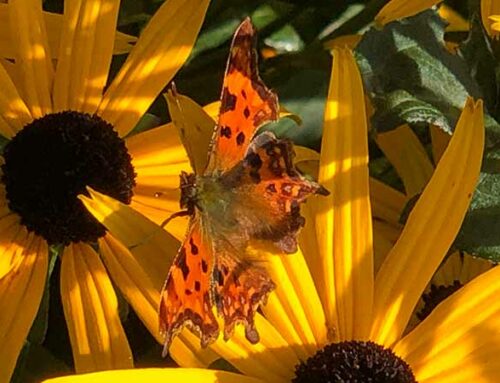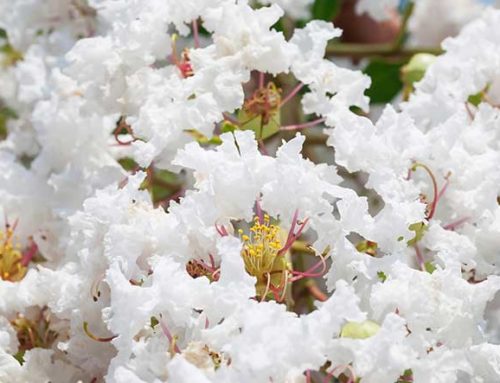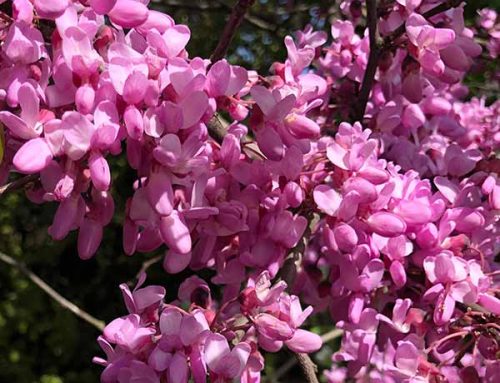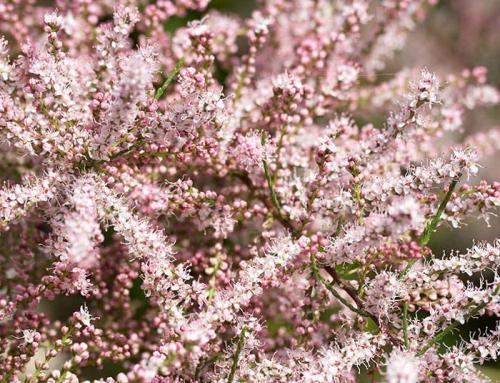To most of us, evergreen azaleas are well known. They tend to be medium-sized, compact, spring flowering shrubs that look great in containers. When in flower, they can be spectacular in smaller gardens as a focal point or in mixed borders in larger gardens. However, Deciduous Azaleas also have their merits. Once you have experienced their spectacular floral displays with their fiery orange, red, yellow (and more) colours, you will be extremely keen to make these part of your garden display. Hybridised over the previous 200 years, Deciduous Azaleas come in a massive variety of colours and sizes with both early and late flowering varieties.
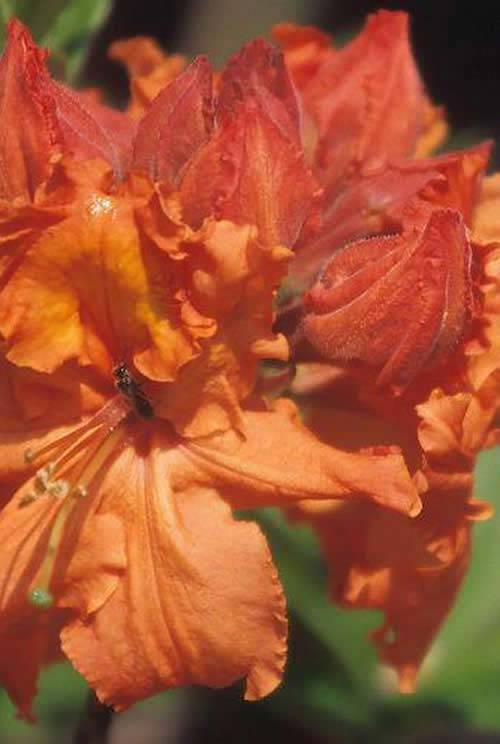
Deciduous Azalea – Orange Flowering
Deciduous azaleas tend be larger and hardier than their evergreen cousins and the hybrids have the most flamboyant flowers of all the rhododendron / Azalea species. Many varieties are scented and many have striking autumn colour. As most are rather later flowering, they tend not to lose their flowers when spring frosts arrive.
Of all the deciduous azalea hybrids, the most spectacular – even to this day – are the Knaphill and Exbury azaleas. These have been so successful that they have largely superseded the original deciduous azalea hybrids of Mollis (large flowers, less hardy with a compact and spreading habit) and Ghent hybrids (extremely hardy, small flowers), dating from circa the early 1800s.
Knaphill (Exbury) Azalea Hybrids:
In the second half of the 19th Century, English breeders took over – first with hybridised Knaphill Azaleas, cultivated in Anthony Waterer’s Nursery in Knaphill in Surrey. Cultivation moved to the New Forest home of De Rothschild Exbury Estate in the 20th Century, where Lionel de Rothschild expanded the Knaphill hybrid selections, working mainly to enhance colours and scent. Exbury Azaleas include for example red flowering Azalea Royal Command.
Thereafter, hybridisation of the Exbury azaleas and other deciduous azaleas continued throughout the 20th century from a handful of nurseries around the world including the Girard and Arneson nurseries in America. For these modern hybrids, the main aim was to produce species with the largest possible flowers.
The flowers of the Knaphill hybrids can reach 10 cm in diameter and come in impressive shades of gold, yellow, orange and red as well as endless variations of these. Some of the varieties have brilliant blotches and many are extremely fragrant. Knaphill Exbury Azaleas, such as Azalea Glowing Embers, are winter hardy.
Soil Type:
Azaleas are particular about their soil type and require acidic soil. If you don’t have acidic soil you can increase its acidity without too much difficulty. Ideal soil conditions are a light and airy soil with plenty of organic matter. Add an acidic peat-based compost (or ericaceous compost), mixing well into your existing soil. Dig a larger than required hole to plant the azalea (perhaps twice as large as needed and then fill the hole) and plant the azalea using the acidic soil mix. A general top dressing of this soil mix also helps every year and / or adding a regular ericaceous liquid feed.
Deciduous Azalea Hybrids for Sale Online:
We have a substantial collection of deciduous azaleas in stock. A few highlights include Exbury Azalea Golden Sunset, Azalea Jolie Madame (a modern Northern species hybrid) and orange red flowering Azalea Satan.
See the full Azalea collection on our website.

